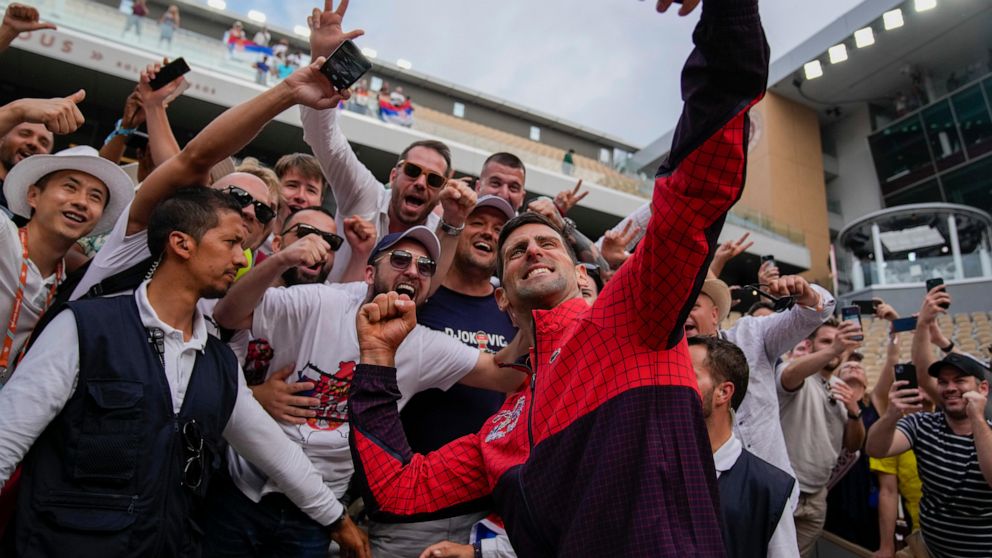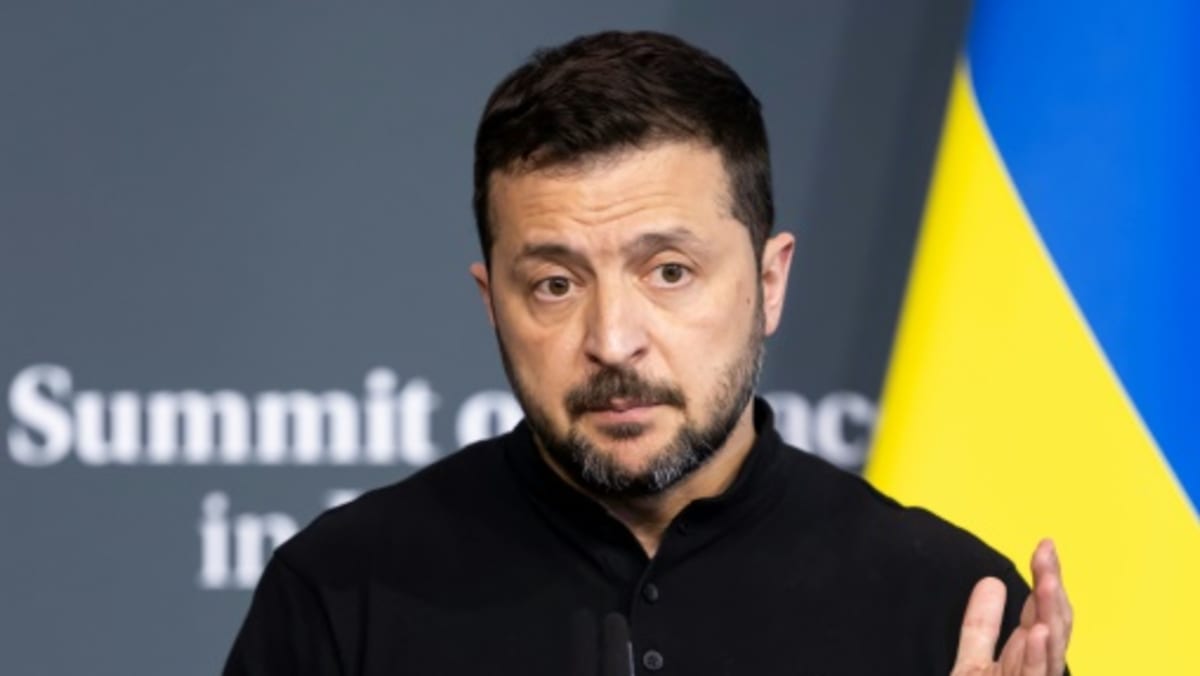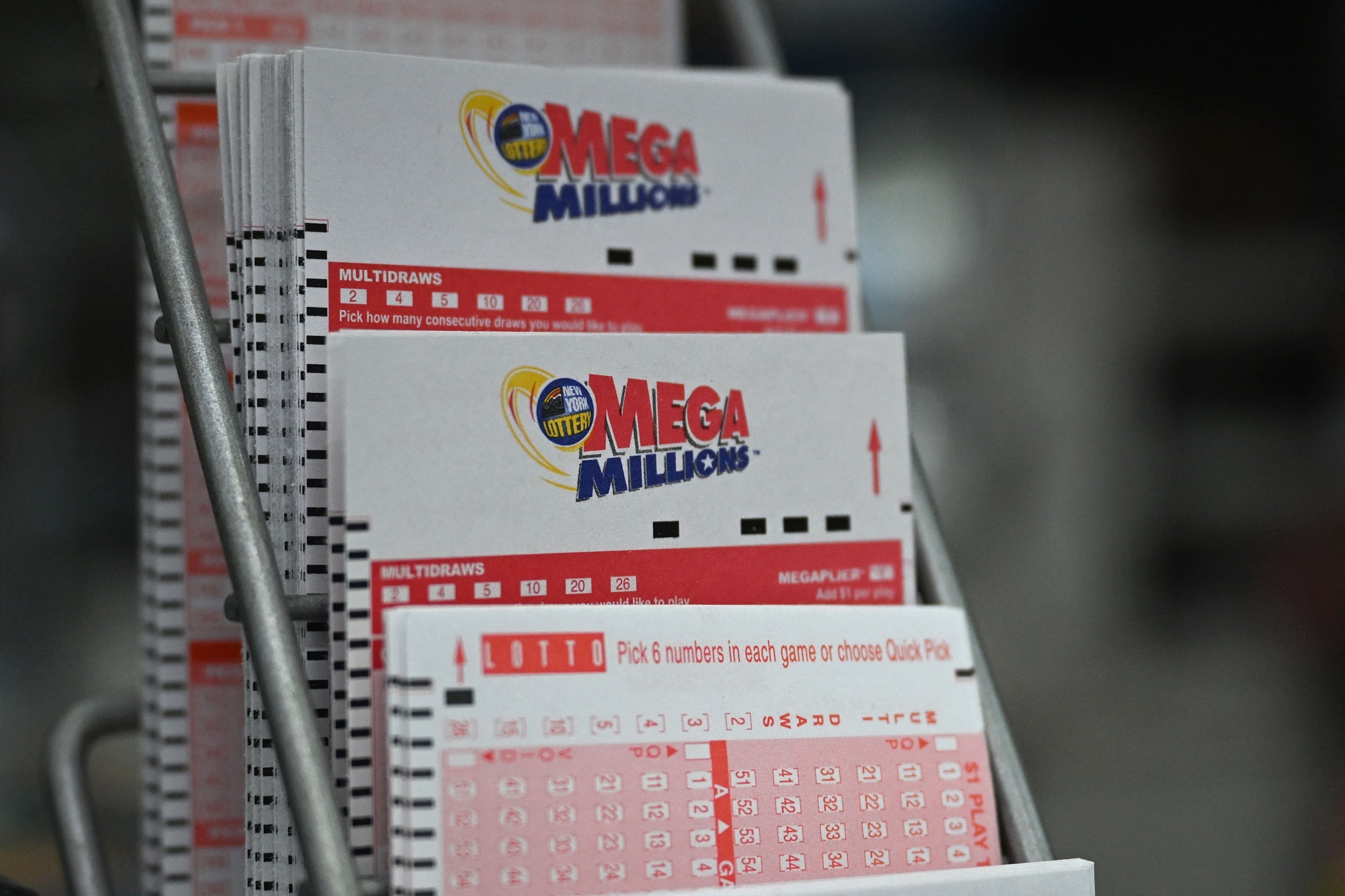Novak Djokovic wins his 23rd Grand Slam title by beating Casper Ruud in the French Open final

PARIS — Novak Djokovic made clear for years that this was his goal. What drove him. What inspired him. The biggest titles from his sport’s biggest stages were Djokovic’s main aim and now he finally stands alone — ahead of Rafael Nadal, ahead of Roger Federer, ahead of every man who ever has swung a racket.
If Djokovic could wait this long to hold this record, he certainly could wait for the half-hour or so it took to straighten out his strokes in the French Open final. And so, after a bit of a shaky start in thick, humid air and under foreboding charcoal clouds Sunday, he imposed himself. The opponent at Court Philippe Chatrier, Casper Ruud, never really stood a serious chance after that.
Djokovic earned his men’s-record 23rd Grand Slam singles championship, breaking a tie with Nadal and moving three in front of the retired Federer, with a 7-6 (1), 6-3, 7-5 victory over Ruud that was not in doubt for most of its 3 hours, 13 minutes.
Djokovic, a 36-year-old from Serbia, puts this one alongside the French Open titles he earned in 2016 and 2021, making him the only man with at least three from each major event. He won his very first at the 2008 Australian Open and now possesses a total of 10 trophies from there, seven from Wimbledon and three from the U.S. Open.
“A Grand Slam is a Grand Slam — four biggest tournaments that we have in the history of our sport, tennis. Every single player dreams of being on this stage and winning the trophy at least once in their career. I am beyond fortunate in my life to win, 23 times, Grand Slams,” Djokovic said, wearing a red jacket with that special number stitched on the chest. “It’s an incredible, incredible feeling.”
Also worth noting: He again is halfway to a calendar-year Grand Slam — winning all four majors in one season — something no man has achieved since Rod Laver in 1969. Djokovic came close to pulling off that feat in 2021, when he won the Australian Open, French Open and Wimbledon and made it all the way to the title match at the U.S. Open before losing to Daniil Medvedev.
Djokovic will resume that pursuit at Wimbledon, which begins on the grass of the All England Club on July 3.
He has clutched the trophy at 11 of the last 20 Slams, a remarkable run made even more so when considering that he did not participate in two majors during that span because he did not get vaccinated against COVID-19. Djokovic was deported in January 2021 before the Australian Open, and he was not allowed to fly to the United States ahead of last year’s U.S. Open under a rule that since has been lifted.
Getting to 23 not only sets the mark for men, but it also lets Djokovic equal Serena Williams, who wrapped up her career last year, for the most by anyone in the Open era, which began in 1968. Margaret Court won some of her all-time record of 24 Slam trophies in the amateur era.
At 20 days past his 36th birthday, Djokovic is the oldest singles champion at Roland Garros, considered the most grueling of the majors because of the lengthy, grinding points required by the red clay, which is slower than the grass or hard courts underfoot elsewhere.
Nadal’s 22nd major arrived in Paris a year ago, two days after he turned 36. He has been sidelined since January by a hip injury and had arthroscopic surgery on June 2.
Djokovic’s triumph on Sunday means he will return to No. 1 in the ATP rankings on Monday, replacing Carlos Alcaraz. Djokovic already has spent more weeks at the top spot than any player — man or woman — since the inception of computerized tennis rankings a half-century ago.
It was Djokovic who eliminated Alcaraz in the semifinals on Thursday, wearing him down over two thrilling sets until the 20-year-old Spaniard’s body cramped up badly. Alcaraz continued to play, but the scores of the last two sets of the four-set match told the story: 6-1, 6-1.
This was the third Slam final in the past five events for Ruud, a 24-year-old from Norway, but he is now 0-3. He lost to Nadal at the French Open a year ago and to Alcaraz at the U.S. Open last September.
Perhaps due to an awareness of all that was at stake, Djokovic, in his 34th major final, was the one who got off to a shaky start.
“Maybe feeling a bit nervous, little stressed,” Ruud said about his opponent.
But by the end the end of the first set, Djokovic was downright Djokovic-esque, as he was while taking 12 of the last 13 points of the match, most accompanied by spectators’ thunderous chants of his two-syllable nickname, “No-le! No-le! No-le!”
When one last miscue from Ruud landed out, Djokovic dropped onto his back with limbs spread wide.
“He kind of pressures you, in a way, to go for more risks, and that’s tough,” Ruud said. “He just stepped up, like he knows how to do.”
At first, though, Djokovic kept missing forehands — into the net, wide, long — then made a different sort of mistake, shanking an overhead from near the net way beyond the opposite baseline to get broken and trail 2-0.
For whatever reason, that shot always has been Djokovic’s “bête noire,” and he missed another overhead later in the set.
Soon, Ruud led 4-1, thanks in part to Djokovic’s troubles. By then, Djokovic accumulated 13 unforced errors, while Ruud made just four.
And then everything changed.
After finishing the first set with 18 unforced errors, Djokovic recalibrated himself, with merely 14 over the last two sets combined.
Then it was Ruud’s turn to flub an overhead, rocking back and depositing his into the net to end a 29-stroke point. Djokovic’s first service break made it 4-3, and he shook his right fist.
“A bit devastating,” Ruud called it.
They went to a tiebreaker, truly Djokovic’s dominion. When the import rises, along with the tension, he simply excels. Has forever, it seems.
“He sort of just goes into this mode,” Ruud said, “where he just becomes like a wall.”
During the first-to-7 segment, Djokovic contributed four winners and zero unforced errors.
That made his career mark in tiebreakers 308-162, a winning percentage of .655. In 2023, he is 15-4, including 6-0 in Paris — there were 55 points played across that half-dozen, and Djokovic’s sum total of unforced errors was zero.
Read that again: zero.
“He just steps up,” Ruud said. “Either he plays ridiculous defense or he plays beautiful winners. Just doesn’t do any mistakes.”
That set alone lasted 1 hour, 21 minutes, chock full of extended exchanges, the sort of points about which entire stories could be written. There were those that lasted 20, 25, 29 strokes. One was won by Ruud with the help of a back-to-the-net, between-the-legs shot. On another, Djokovic tumbled behind the baseline, smudging his red shirt, blue shorts and skin with the rust-colored clay.
Djokovic’s scrambling and stretching and bending and twisting on defense shows up on the scoreboard, for sure. But all of the long points also sap an opponent’s energy and will.
“It’s just annoying for me,” Ruud said, “but it’s very, very impressive.”
When Djokovic broke to lead 3-0 in the second set, his powers now on full display, he jabbed his right index finger against his temple over and over and over. He wheeled to face his nearby box in the stands, where the group included his coach, Goran Ivanisevic; his wife and two children; his parents; his agent; and even seven-time Super Bowl champion Tom Brady.
The retired Brady is widely viewed as the NFL’s “Greatest Of All Time” — or “GOAT,” for short — and there has been a debate in the tennis world for quite some time over which among Djokovic, Nadal or Federer deserves that sobriquet.
If the barometer is Grand Slam championships, no one can argue against Djokovic’s status at the moment.
___
AP tennis: https://apnews.com/hub/tennis and https://twitter.com/AP_Sports
Source: abc news















